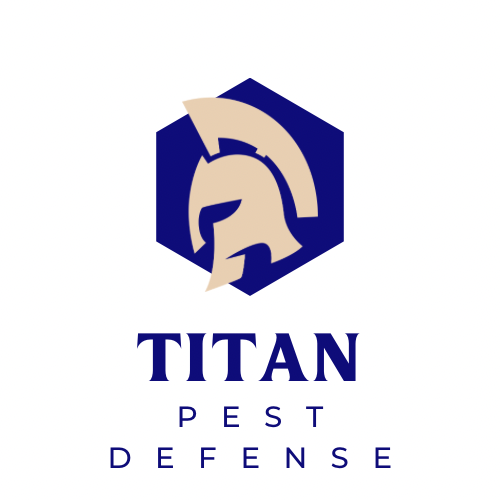German Cockroach (Blattella germanica)
Appearance: Light brown to tan, measuring about 0.5 to 0.6 inches in length, with two distinctive dark stripes running lengthwise down their backs.
Behavior: German cockroaches are nocturnal and prefer warm, humid environments close to food and water sources. They reproduce rapidly, making infestations challenging to control.
Habitat: Commonly found in kitchens and bathrooms, particularly in cracks and crevices near appliances, sinks, and cabinets.
Control Methods: Maintain cleanliness by promptly cleaning up spills and crumbs, store food in sealed containers, fix leaks to eliminate moisture, and use baits and insect growth regulators. Due to their rapid reproduction, professional pest control may be necessary.
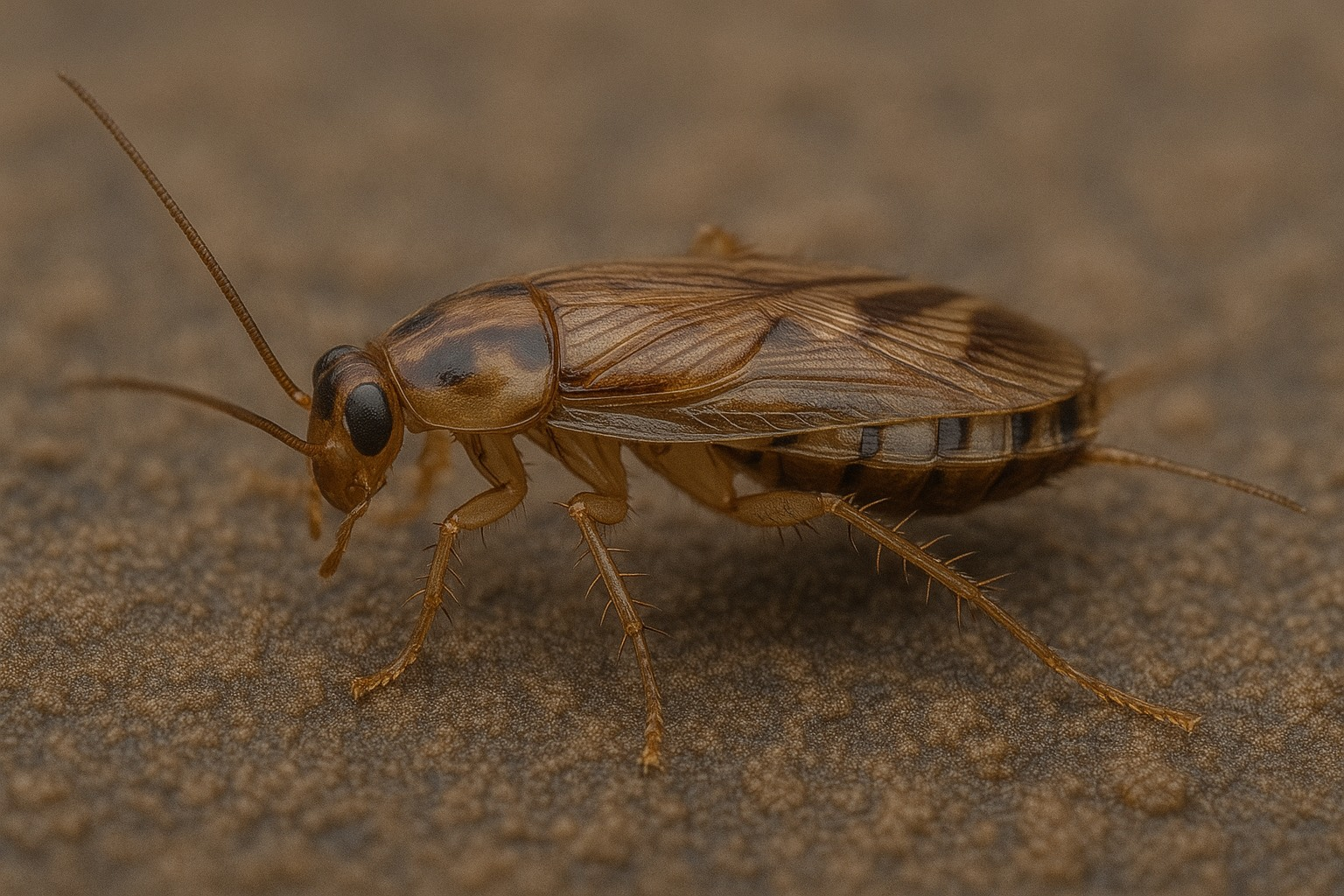
American Cockroach (Periplaneta americana)
Appearance: Reddish-brown with a yellowish figure-eight pattern on the back of their heads, they are the largest of the house-infesting cockroaches, measuring up to 2 inches in length.
Behavior: American cockroaches are omnivorous scavengers that prefer decaying organic matter but will eat almost anything. They are capable of flying short distances.
Habitat: Often found in basements, crawl spaces, kitchens, and bathrooms, especially in areas with high humidity.
Control Methods: Seal entry points, reduce moisture by fixing leaks and using dehumidifiers, and remove food sources. Baits and insecticides can be effective; however, professional treatment is often recommended for significant infestations.
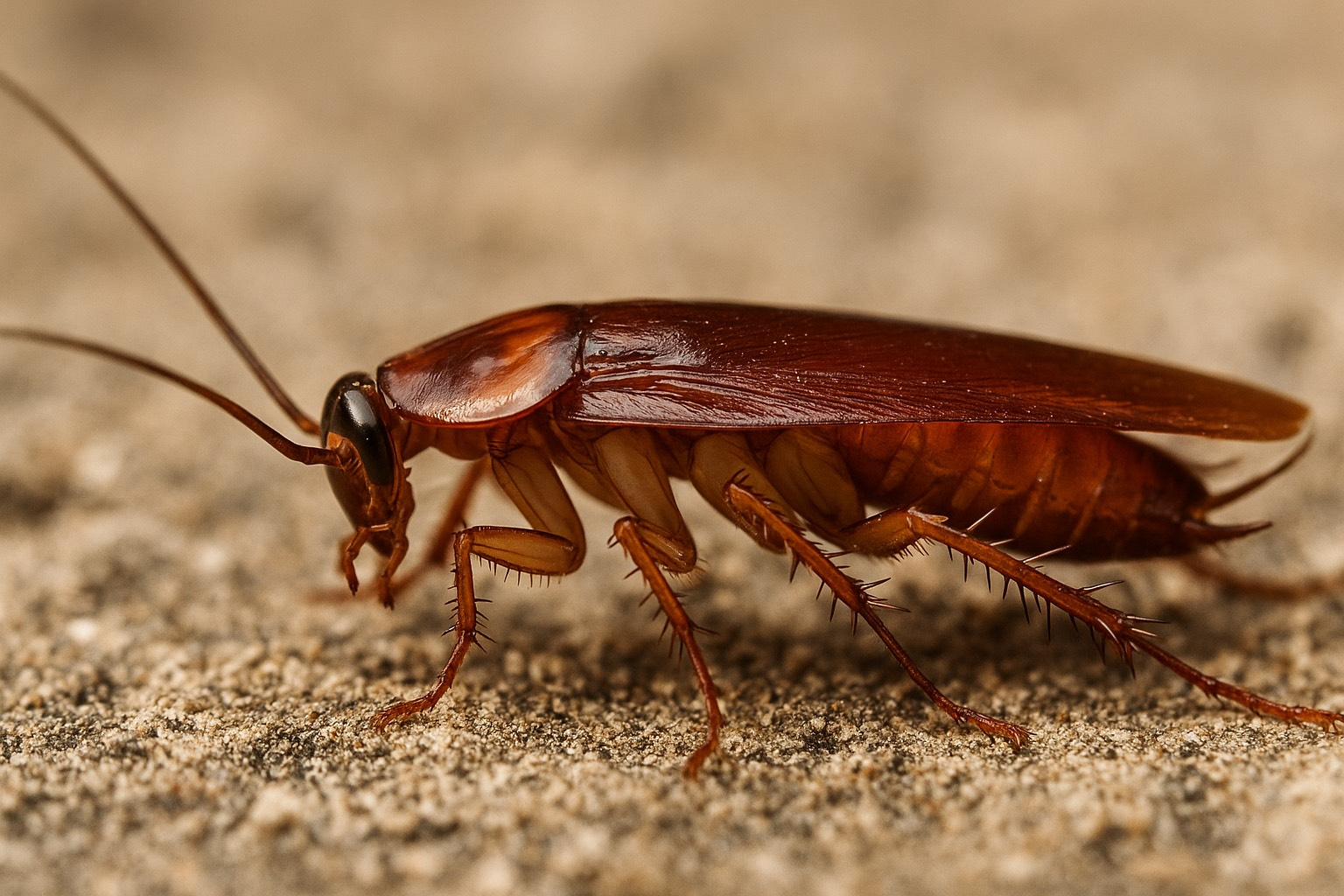
Oriental Cockroach (Blatta orientalis)
Appearance: Dark brown to black and have a shiny appearance. They are about 1 inch in length.
Behavior: Oriental cockroaches are less active and prefer cooler temperatures compared to other species. They are known for emitting a strong, unpleasant odor.
Habitat: Typically found in damp, dark areas such as basements, crawl spaces, and around drains. Outdoors, they may inhabit areas under mulch, leaf litter, and stones.
Control Methods: Eliminate sources of moisture, seal cracks and crevices, and ensure proper sanitation. Insecticidal baits and perimeter treatments can help manage populations.
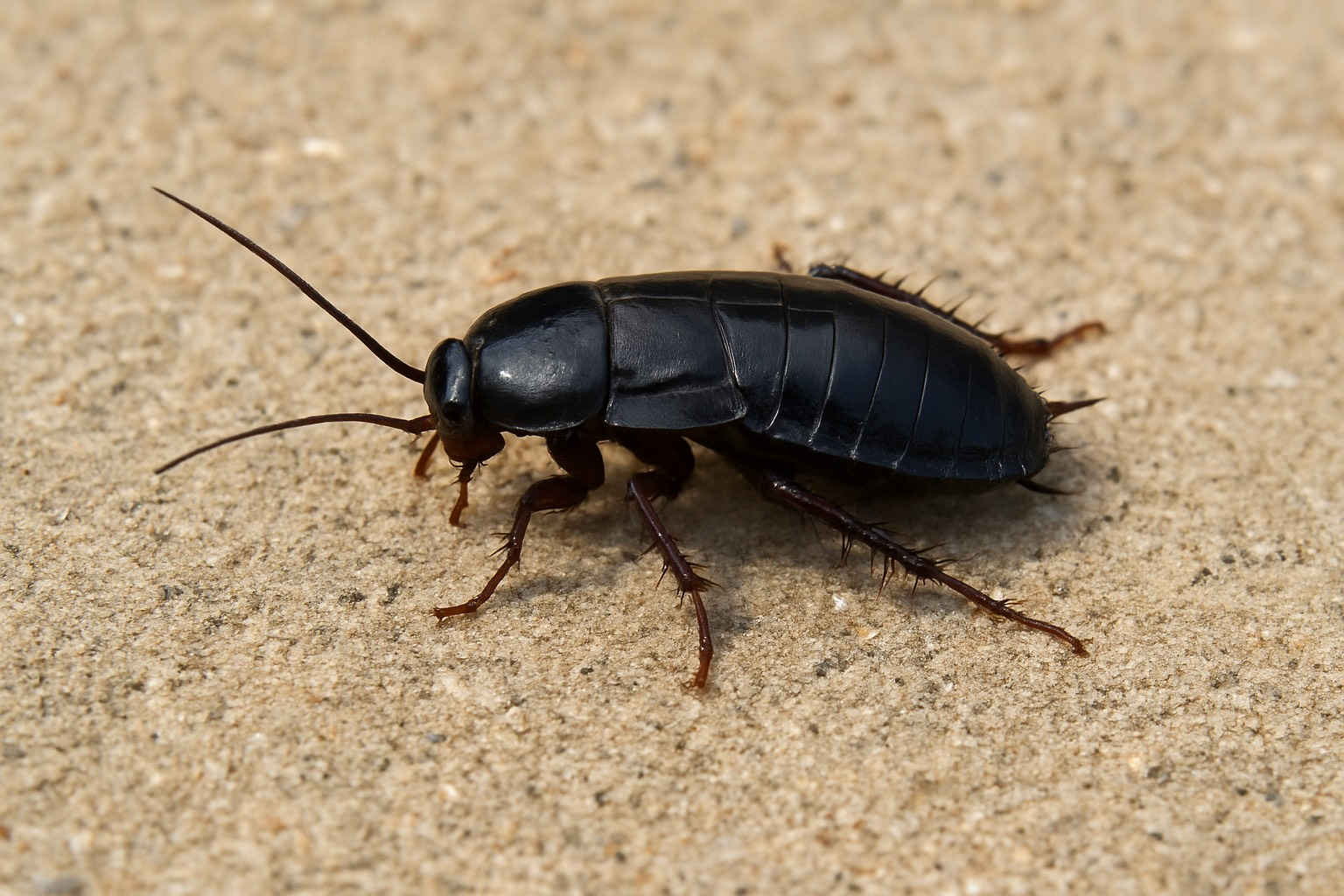
Brown-Banded Cockroach (Supella longipalpa)
Appearance: Light brown with distinctive lighter bands across their wings and abdomen, measuring about 0.5 inches long.
Behavior: Unlike other cockroach species, brown-banded cockroaches prefer drier environments and tend to inhabit higher locations in a room.
Habitat: Often found in upper cabinets, behind picture frames, and inside electronic equipment.
Control Methods: Reduce clutter, seal entry points, and use baits and insecticides targeted at their preferred habitats.
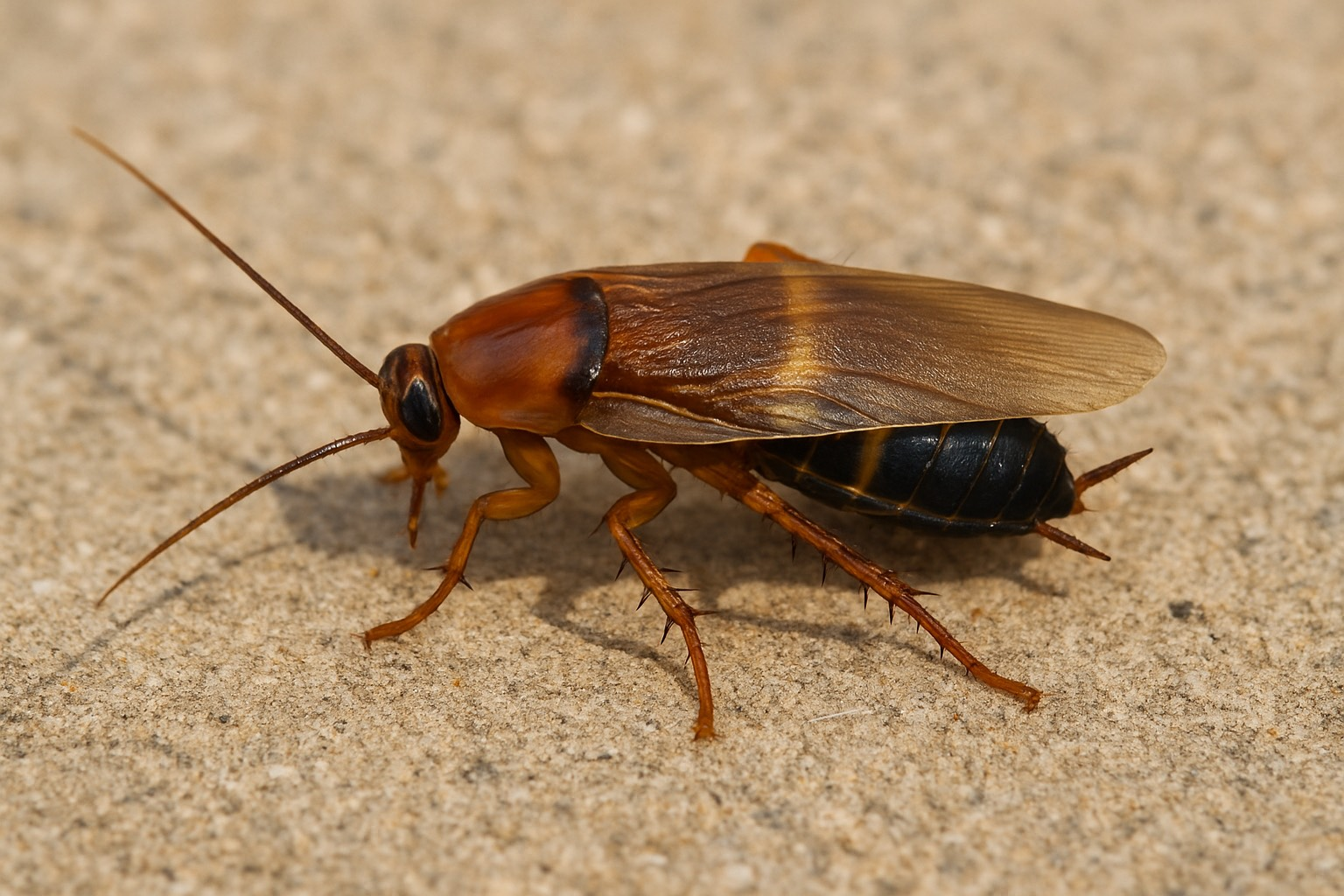
Smokybrown Cockroach (Periplaneta fuliginosa)
Appearance: Uniformly dark brown to mahogany, about 1 to 1.5 inches in length, with fully developed wings.
Behavior: Smokybrown cockroaches are strong fliers and are attracted to lights at night. They are more prevalent in the southern United States.
Habitat: Prefer warm, humid environments and are commonly found in tree hollows, attics, and areas with abundant vegetation.
Control Methods: Trim vegetation away from structures, seal entry points, and use appropriate insecticides.
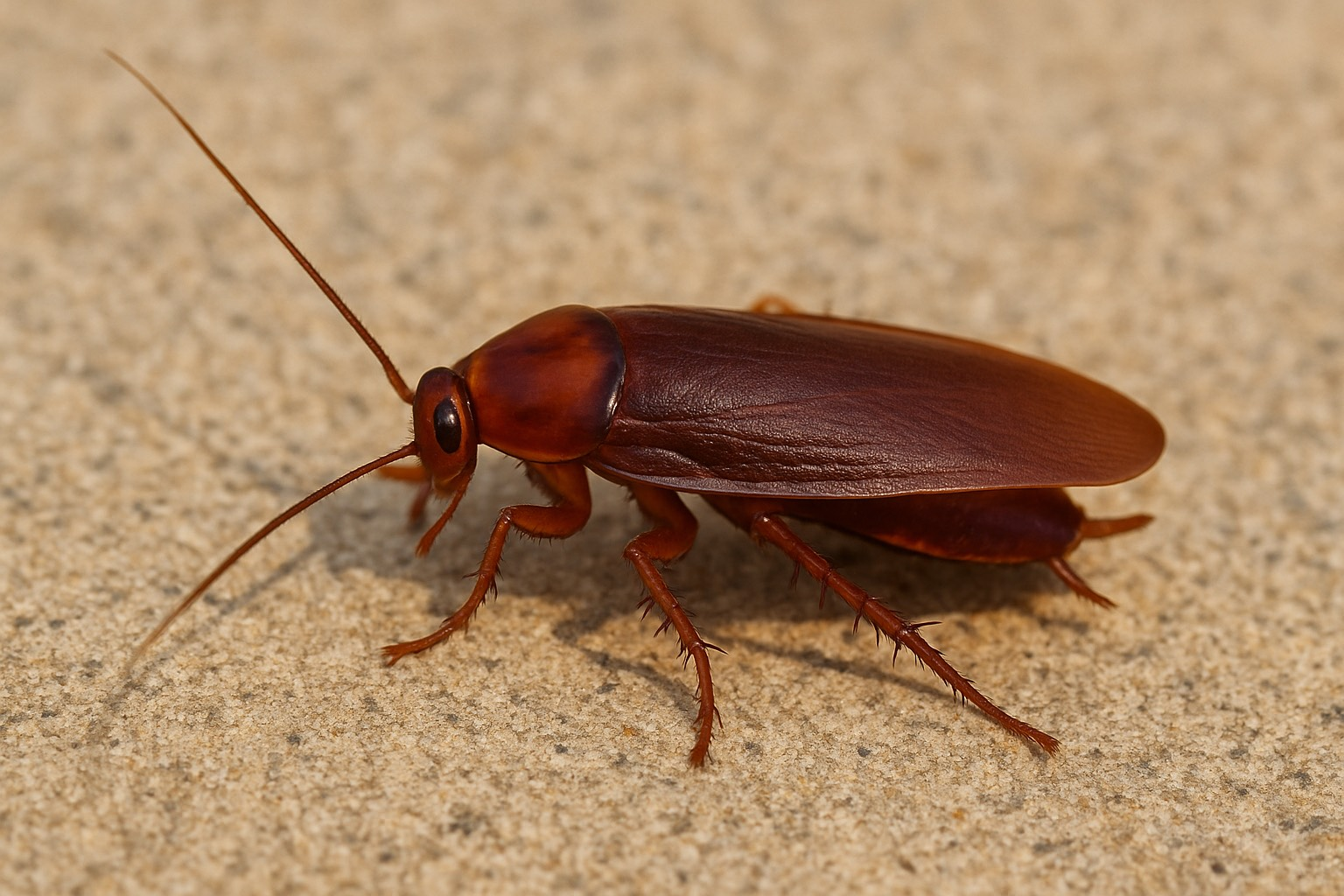
Understanding the characteristics and behaviors of these common North Texas cockroach species is essential for effective prevention and control. Implementing proper sanitation practices, eliminating moisture sources, and sealing entry points can significantly reduce the likelihood of infestation. For persistent or severe infestations, consulting with a professional pest control service is recommended.
